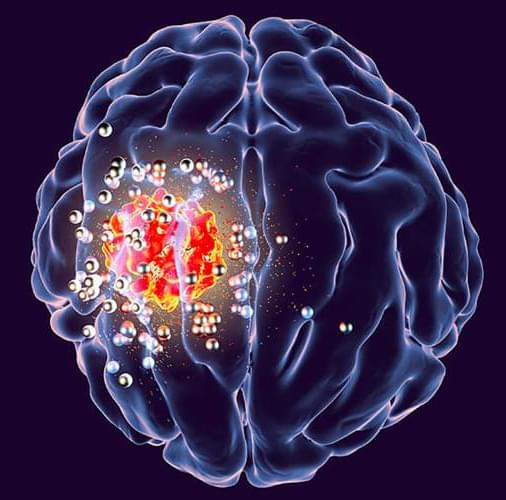The technology system will enable the Yanghuopan Power Station in Yulin City, Shaanxi, to save 24,500 tonnes of coal and cut 54,100 tonnes of carbon emissions annually, claims Chinese media.
China claims the “world’s first” power plant equipped with a “natural direct cooling” (NDC) system is now connected to the grid in the Shaanxi Province of the country.
“The technology, described as ‘a revolution in industrial air cooling’ by local newspaper Shaanxi Daily, makes use of the natural airflow in the plant to guide the heat to the air condenser,” said the report.
PNK Photo/iStock.
This marks a “breakthrough” in power plant cooling technology for China, according to a report published by the state-run China Global Television Network (CGTN) on Friday.









